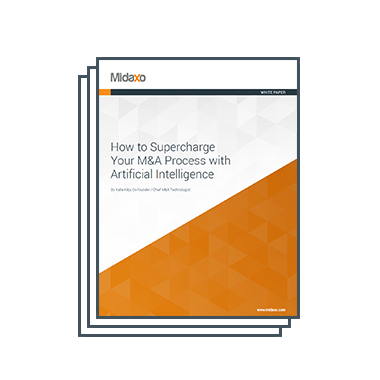Information Technology within companies has moved from a position in which it is seen as a cost to one in which it is seen as an asset. In the digital era, with customers increasingly expecting service anytime, anywhere, IT is at the core of meeting and exceeding customer expectations. Consequently, considerations related to IT post-merger integration are becoming increasingly important.
IT does not exist in isolation of business operations. To enable a successful IT integration, the activity must align to the overall business strategy and plans for the new organization. From a synergy and value capture perspective, it is critical that IT integration is managed as a key component of the overall post-merger integration process.
Drivers of IT Integration
The challenges faced, their relative importance and the priorities will vary dependent on the companies involved. For a successful integration, these drivers must be assessed and understood, and appropriate post-merger activity must be planned and executed. Key factors that will influence the scale, complexity and nature of the IT integration activity include:
- The size of the companies involved (Buyer & Target);
- The nature of each company’s business operations;
- The size, complexity and maturity of each company’s IT estate;
- The technical landscape of each IT organization;
- The current challenges faced by each IT organization (this includes both project and support activity).
Key Focus Areas
IT integration activity can be considered as falling into 3 key focus areas. These are not entirely independent, but break the overall challenge into a broad high-level sequence of activities. These focus areas are as follows:
- Ensuring from Day One the smooth running of the newly-merged organization;
- The integration of the IT organizations, focusing on the identified objectives of the integration activity e.g. removal of overlap / duplication, rationalization of licensing arrangements to enable cost savings, simplification of the IT estate, identification and implementation of effective ways of working, etc.;
- The creation of an IT environment that is aligned to, and is an enabler for, the new organization’s business strategy.
In practice, these three areas will usually be progressed in parallel as a part of the post-merger integration steps. It is critical that appropriate attention and resource is focused on each. The relative pace of each will be significantly influenced by the Day One challenges faced by the new organization and the three key influencing factors listed above.

It is essential that effective management is assigned to any IT integration project. The appointment of an individual with overall accountability for IT integration is recommended. Whether this is a full-time role will be influenced by several factors. If the scale warrants, the activity could form a program in which the component aspects are managed and delivered via a number of constituent projects. The use of appropriate and effective project management tools, such as Midaxo M&A software, and techniques should also be considered.
How to Structure the Integration Process
It is easy to focus attention on relatively easily identifiable IT costs that could be removed. Such activity must be considered carefully as part of the overall strategy for the new organization. As an example, the closure of a site at which IT activity takes place and/or the exiting of IT staff could be seen to demonstrate significant cost savings if all consequences were not considered. This could result in the loss of key skills, which could damage activities such as the ongoing provision of service, the IT integration activity itself and the ability of the new organization to progress in terms of products and service. These consequences are often difficult to quantify and, in some cases, are difficult to identify. However, the broad picture must be considered in order to avoid potentially catastrophic consequences.
Whilst bearing in mind that dependencies will exist between them, activity should be broken down into categories in order to provide structure to the IT integration process. These categories are outlined below and discussed in detail in Midaxo’s 80-page Guide to IT Post-Merger Integration.
- IT Strategy
- People
- Physical Locations
- Sourcing Strategy e.g. In House, Contract, Sourcing Partner, Managed Service
- IT Contracts (Hardware, Software)
- IT Estate (Hardware, Software)
- IT Architecture
- Current & Pipeline Activity
- Culture/Ways of Working
- Current Significant CARDI Items (Constraints, Assumptions, Risks, Dependencies, Issues)
- IT Security
- Service Management
- Portfolio Management

Takeaway
Given the number of categories to be considered, the complexity that often arises as a result of the diversity of M&A activity, and the increasing importance of IT to business operations today, the approach taken to managing IT integration is critical.





